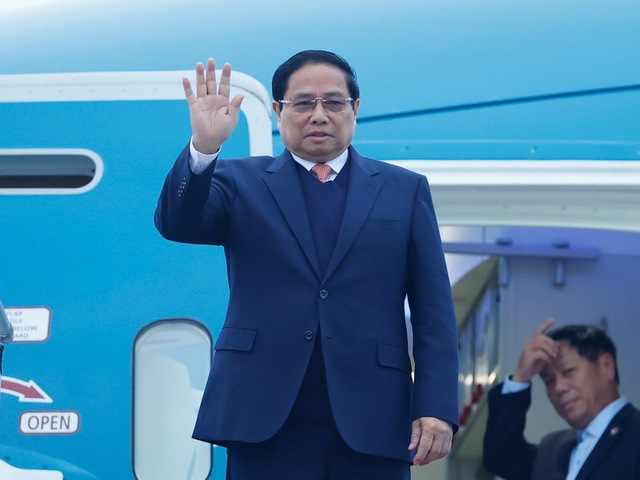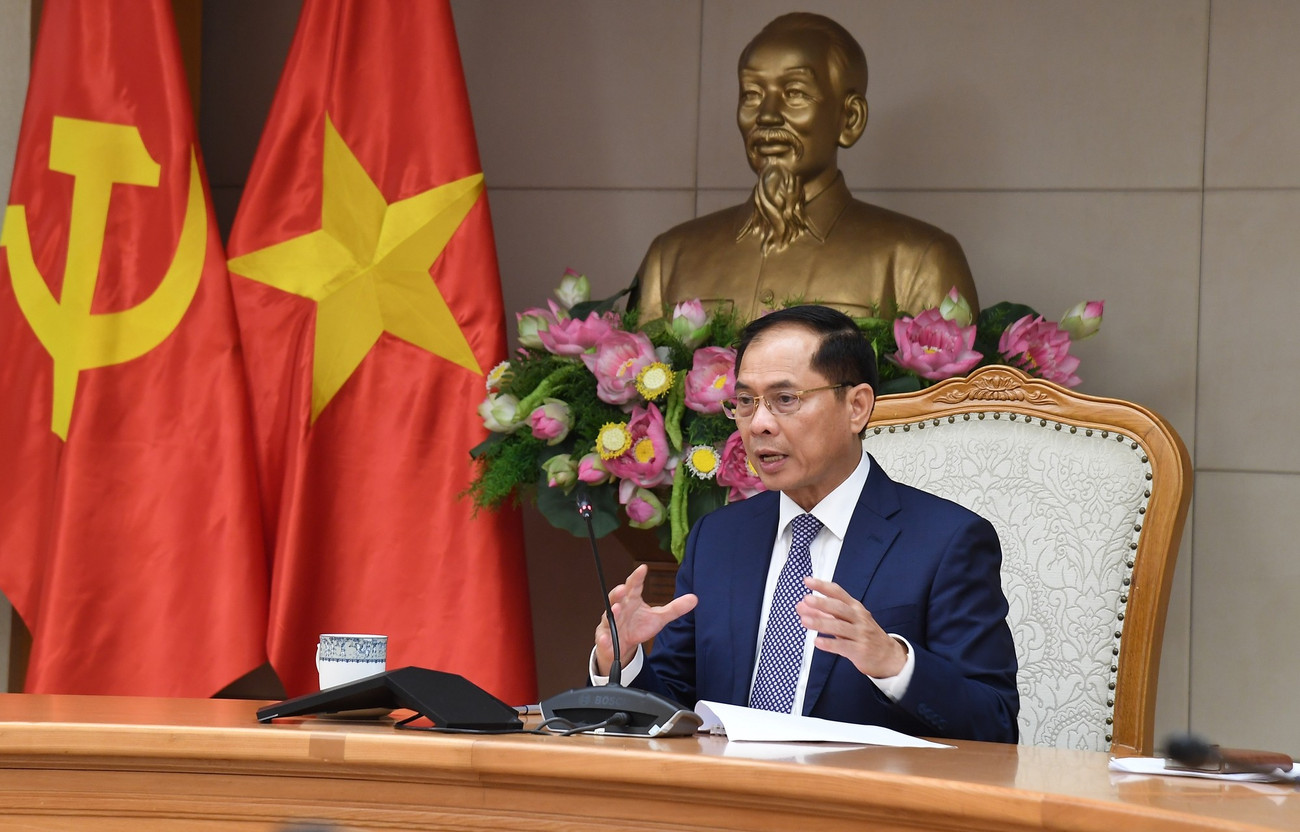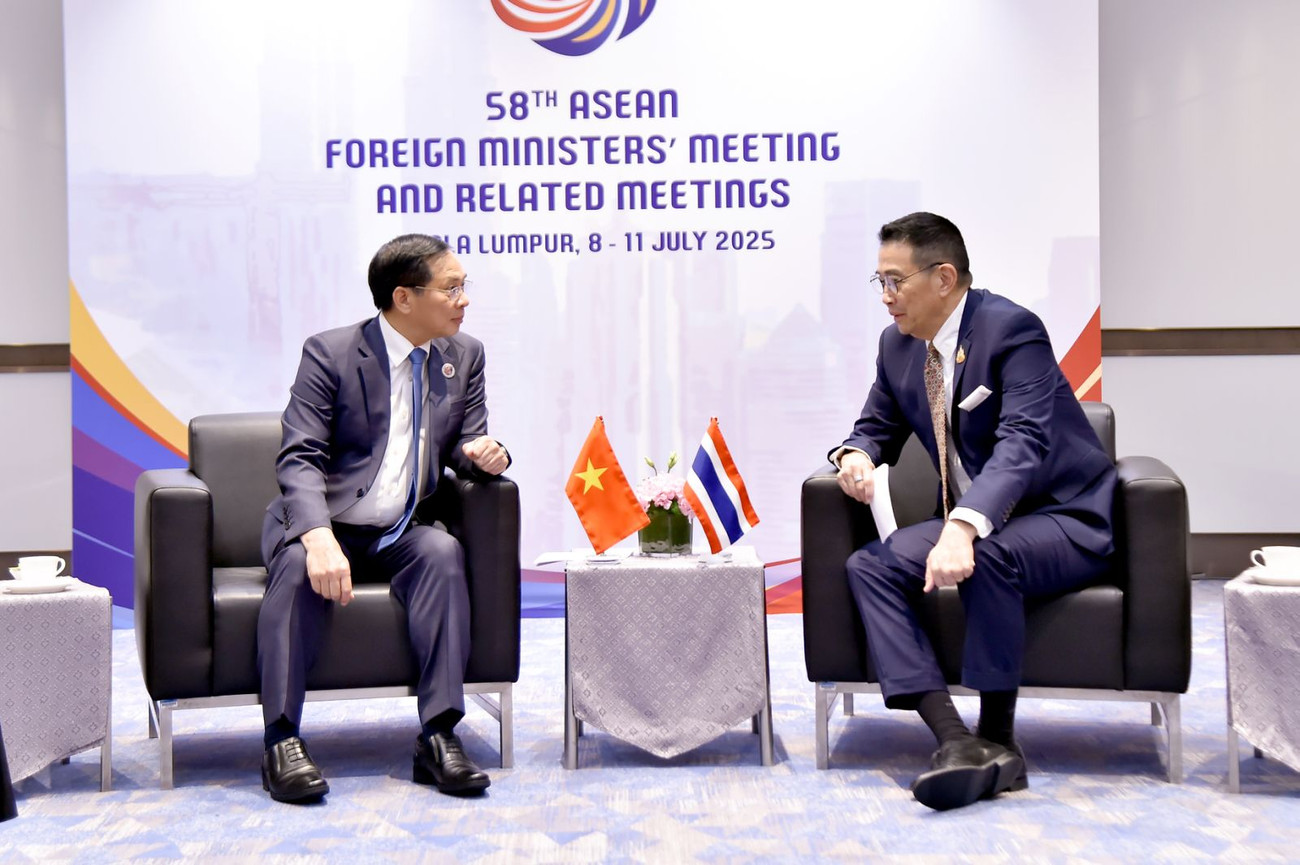MOIT VIETNAM | Potentials and challenges for electricity development in Laos
/ News / Activities
Potentials and challenges for electricity development in Laos
Electricity is regarded as a major source of revenue in Laos, particularly through exports to neighboring and ASEAN countries such as Thailand, Vietnam, Cambodia, Malaysia, and Myanmar. As a result, Laos has accelerated the construction of energy production infrastructure, including the development of renewable energy, with the goal of becoming Southeast Asia's "green battery."
According to the International Energy Agency (IEA), by 2035, the ASEAN region will consume energy equivalent to 1 billion tons of oil, accounting for 10% of global fuel use growth. Countries in the ASEAN region, including Laos, are focusing on developing renewable energy to ensure long-term energy development.
Renewable energy development has numerous advantages in terms of the environment, the economy, reducing air pollution, and dealing with climate change. However, energy development in general, and renewable energy in particular, necessitates the consideration of conditions that even developed countries must consider, such as financial resources or experience.
.jpg) Increasing exports of electricity to ASEAN countries
Increasing exports of electricity to ASEAN countries
According to data from the Lao Ministry of Energy and Mines, Laos earned more than 2 billion USD from electricity exports from January to September 2021, a 12 percent increase over the same period last year. Laos has a plan to increase electricity exports to ASEAN countries, with a particular focus on neighboring countries, in order to develop the energy industry into a leading industry that contributes significantly to the national budget. As a result, the Lao government has implemented a policy encouraging the purchase and sale of electricity in a variety of forms, including direct export through projects or power transmission hubs, export from Laos' electricity grid, and export through a third country.
Furthermore, the Lao government stipulates that energy export projects must be included in both Laos' and the purchasing country's electricity development plans. At the same time, a number of conditions must be met, such as the project being licensed by the Lao government or two governments co-licensing a joint border cooperation project; the project having high feasibility based on the survey; and the government's priority projects bringing high efficiency, low investment, and low environmental and societal impact.
According to the Lao Ministry of Energy and Mines, the country has 86 energy projects with a total installed capacity of more than 10,400MW, with hydroelectricity accounting for more than 80% and thermal power plants accounting for 18.6%. Laos has exported more than 6,400 MW of power to Thailand, Vietnam, Cambodia, and Myanmar in the last five years, and this figure is predicted to rise to almost 20,000 MW by 2020- 2030.
.jpg)
With about 5,400 MW of power imported from Laos, Thailand is currently the leading importer. Laos and Thailand have recently agreed to alter their energy trade agreement, allowing Laos to expand its export output.
In August, Laos and Vietnam signed three Memorandums of Understanding (MOUs) on the purchase and selling of power. Over the next ten years, Vietnam will purchase between 3,000 and 5,000 MW of electricity from Laos' hydroelectric projects. Laos is also negotiating to increase electricity exports to Cambodia and Myanmar and through Thailand to export to Singapore, Malaysia.
The potential for renewable energy development in Laos
Laos has a lot of potential for developing renewable energy sources for export, including wind, solar, biomass, and other renewable energy sources. Laos' average wind speed is quite high, as it is located in the tropics and is impacted by the monsoon.
Furthermore, as Laos is a country with a lot of sunshine throughout the year and high radiation intensity in the middle and southern portions of the country, the solar energy potential is also appreciated. Areas with 1,800 hours or more of sunshine per year are regarded to have potential for exploitation, according to the evaluation. This criterion is appropriate for many areas in Laos, particularly in the country's southern provinces. According to a study, Laos' solar energy development potential could be as high as 30,000MW, which is over half of the country's hydropower capacity.
Laos has currently agreed to allow French power to investigate the viability of a mixed floating solar energy project with a capacity of 240MW on the Nam Theun 2 reservoir in Khammuan province. Construction is expected to begin in 2022, with operations beginning in 2024. Floating solar power projects will take advantage of existing space on hydroelectric reservoirs, avoiding the construction of electricity transmission lines and other infrastructure, and saving investors money. Laos has also approved a number of wind energy projects in Southern Laos, which are being funded by Thai, Chinese, and Japanese firms.
Barriers in terms of financial resources, experience in developing renewable energy
The highest barrier to Laos generating renewable energy is the high investment cost and the investor's ability to raise finance. Because of a lack of sufficient financing or long-term methods, economic project implementation has been hampered. Furthermore, in some places with promise for renewable energy, the power grid infrastructure is not yet ready to release capacity, necessitating extensive land use (especially solar power projects). When the proportion of electricity generated by renewable energy grows, however, distribution issues and power system control arise. Many obstacles are now preventing Laos from developing renewable energy.
Although Laos has a lot of potential for renewable energy, the number of projects that have been implemented so far is very small, and the share of renewable electricity in total electricity production is negligible. This is due to a lack of a strong enough policy, which includes everything from investigation to assessment of potential for exploitation and use; and a lack of effective financial mechanisms for investment, management, and operation of renewable power projects in remote areas.
.jpg)
Faced with rising demand for clean and sustainable energy, the Lao government established the Energy Promotion Fund, which is tasked with raising funds to promote the growth of renewable energy in the country.
The fund's funding comes from the state budget, grants, loans, contributions, and certain energy-related revenue. The fund will then give investment loans to help build renewable energy projects, including solar, wind, biofuel, and gas, as well as modest hydroelectric projects.
Major energy market players such as China, Japan, and the United States, as well as a number of banks and financial organizations, are currently expressing interest in energy projects throughout Southeast Asia, including Laos. In the not-too-distant future, Laos may export wind and solar power to ASEAN countries, in addition to hydroelectric power.
-
/ News / Activities
Prime Minister Pham Minh Chinh’s Strategic Visit to Laos Marks New Chapter in Bilateral Relations
Prime Minister Pham Minh Chinh’s official visit to the Lao People’s Democratic Republic and his co-chairmanship of the 47th meeting of the Vietnam–...
-
/ News
Deepening Cooperation, Strengthening Regional Unity
On the afternoon of July 28, 2025, at the Government Headquarters in Hanoi, Deputy Prime Minister and Minister of Foreign Affairs of Vietnam, Mr. B...
-
/ News / Activities
Vietnam and Laos Accelerate Toward Deeper Regional Integration and Unprecedented Trade Growth
In an era where regional connectivity and economic resilience are critical pillars for national development, Vietnam and Laos are emerging as a mod...





